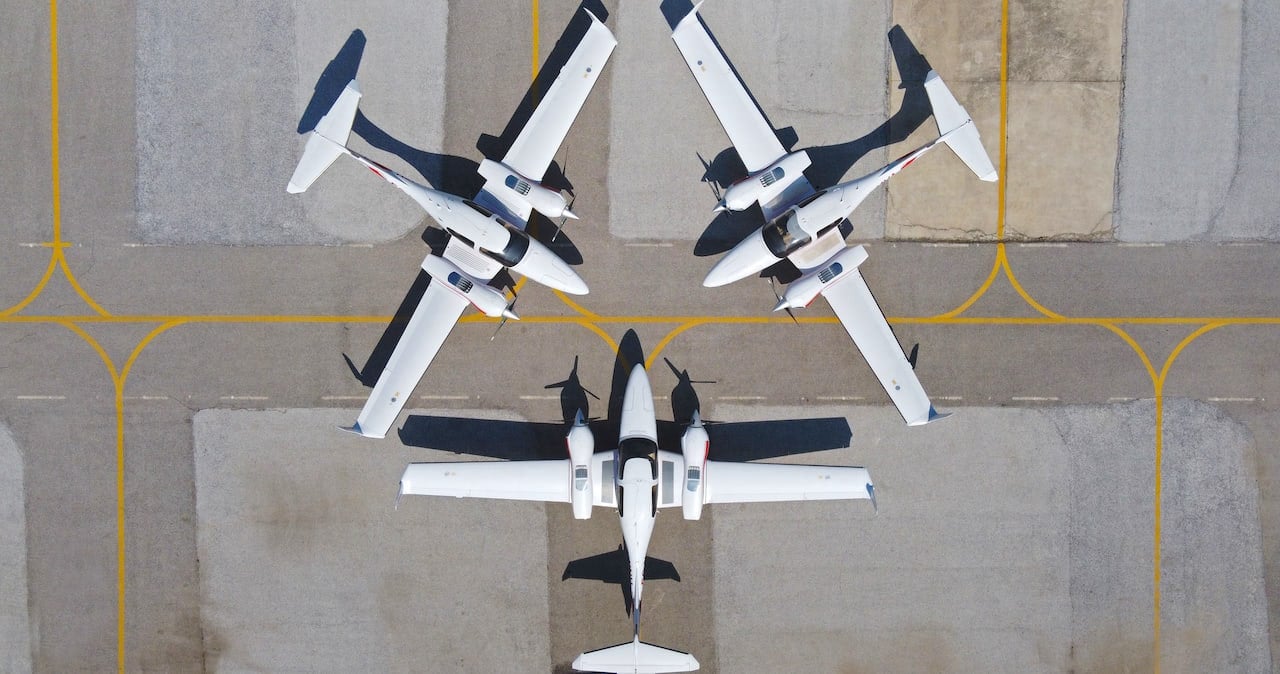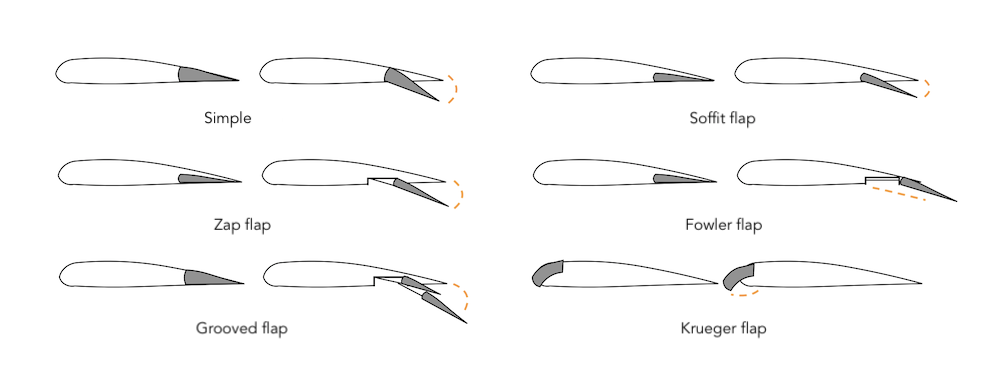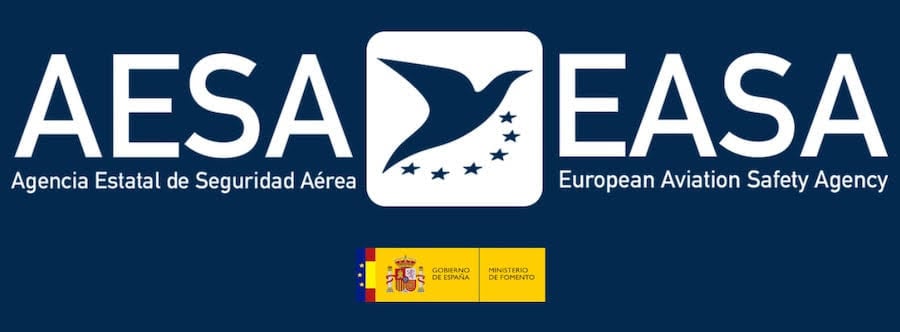To talk about the similarities between birds and aircraft, we should understand that learning by imitation is one of the most powerful and accessible way to progress whether individual or as a collective. For this reason, it’s no surprise that from early on history the human has dreamt of flying through the skies like a bird.
From the very beginning of aeronautics, the bird’s flight has always been an inspiration for the design of aeroplanes, but how to imitate a skill which the birds have been developing for millions of years?
For obvious reasons, the dream of flying didn’t materialise until around 100 years ago, although, attempts to fly have been documented for over a millennium.
To follow, we will review the similarities and differences between aircraft and birds, which elements have been copied to imitate types of flight and how we reached for the skies without wings.
But, first of all, we show you a new video of 1Minute Aviation that will serve you as an appetiser for everything we are going to tell you… Hit the play!
Is it a bird? Is it a plane?
Machines imitating bird’s flight
Maybe in the future, the aircraft fuselage will simulate the movements of birds in flight; or maybe we’ll change turbines for more efficient propulsion systems. We may even be able to make the wings deploy and retract in flight, who can say …
What is clear, is that even though everything about aviation appears to have been invented, we still have much more to learn from the birds to achieve a much more efficient design of our aircraft.
















